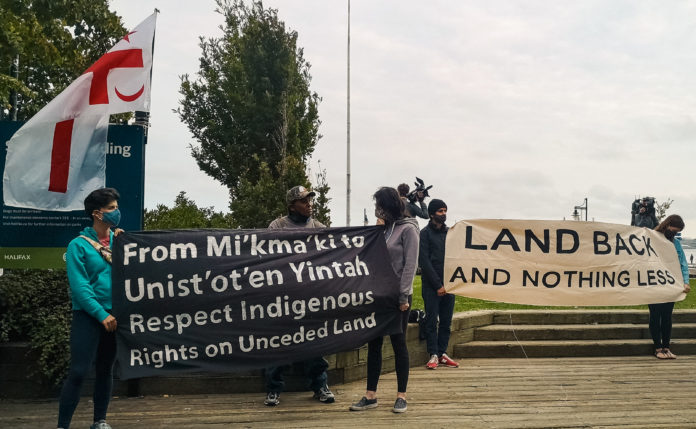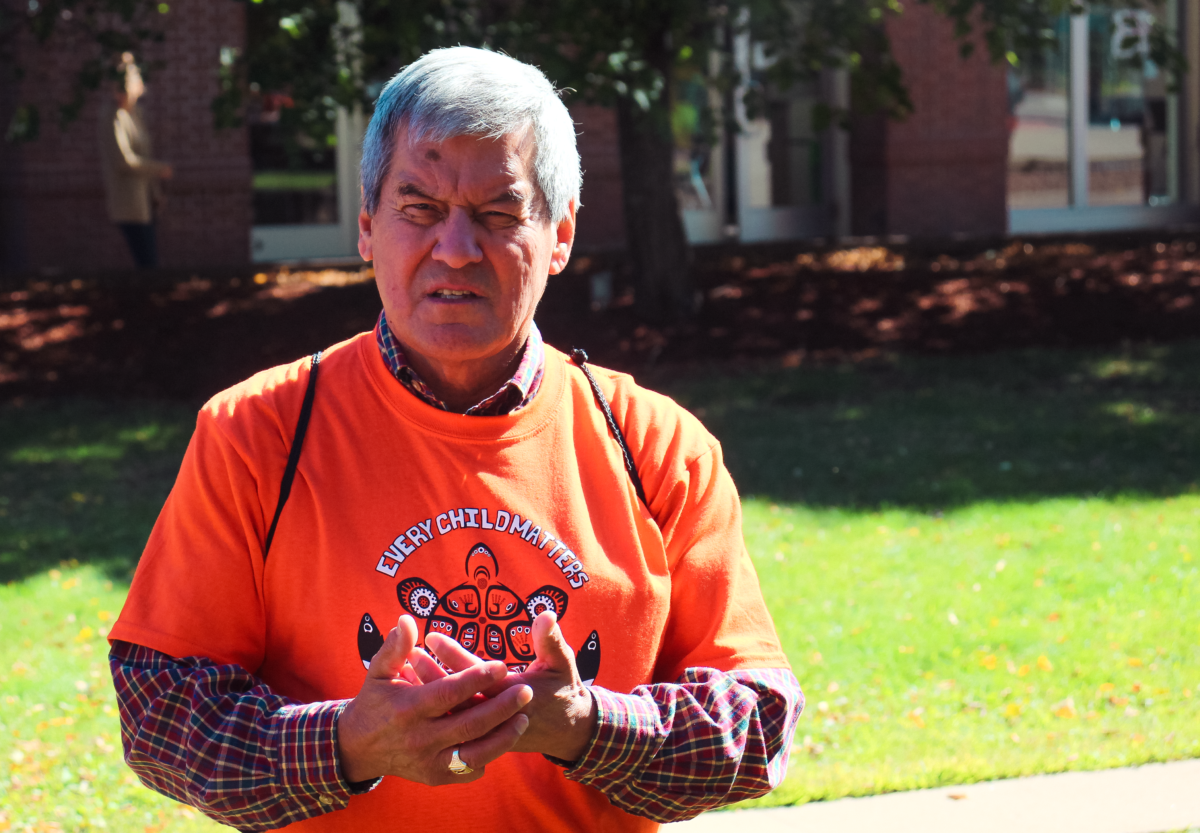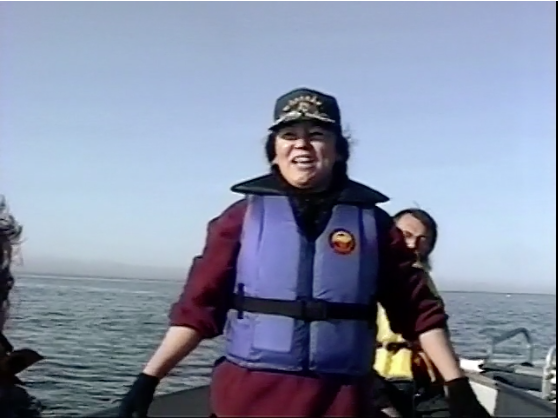

The St. Thomas University Senate Committee on Reconciliation held an online film screening of Alanis Obomsawin’s documentary Is the Crown at War with Us? and a discussion panel on Mi’kmaq self-regulated fishing in Nova Scotia on Nov. 17 and 18. The documentary centres around the summer of 2000 conflict between federal fisheries and Mi’kmaq fishermen in Burnt Church, New Brunswick.
The panel focused on the recent tensions in Nova Scotia, where protests occurred and two Mi’kmaq lobster facilities were raided by commercial fishermen after the Sipekne’katik First Nation created a moderate livelihood fishery, according to CBC News.
Graydon Nicholas, STU’s chair in Native studies, discussed the history of the acknowledgement of Peace and Friendship Treaties in court cases.
“There was a clause in [the 1752 Peace and Friendship Treaty] … it says that ‘it is agreed that the said Tribe of Indians shall not be hindered from, but have free liberty of hunting and fishing as usual,'” said Nicholas.

But he added, “the judge did not recognize that the 1752 treaty was valid” in the Sylliboy Case, where Mi’kmaq Grand Chief Gabriel Sylliboy was convicted of hunting and possessing pelts out of season in 1927.
That changed following the Simon Case of 1985, he said, when James Simon went to the Supreme Court of Canada and used the above clause to appeal his conviction of possession of a rifle and shotgun cartridges.
The Supreme Court of Canada ruled that the Sylliboy decision was not valid and indicated that the Treaty of 1752 is still valid, Nicholas said.
Miigam’agan, STU’s elder-in-residence, is from Burnt Church and was featured in the documentary. She said during the panel that the Marshall Decision of 1999, which said the Mi’kmaq have the right to make a moderate livelihood from fishing, was exciting for her community. That excitement was short-lived due to the subsequent clashes with non-Mi’kmaq fishermen.


“Our community was severely assaulted. My community had to endure three years of severe violence,” she said. “It’s still difficult. Much of the people that were in that video are not with us anymore … they did not survive the trauma.”
Pamela Palmater, chair in Indigenous governance in the department of politics and public administration at Ryerson University, said the same trauma is being felt by the Sipekne’katik First Nation now as they fight for their right to fish for a moderate livelihood.
“[For] the families that suffer the trauma and the communities [the trauma is] everlasting,” she said. “The media might only be there for a week or two or a month. But after that, it’s ongoing.”
Palmater also said it’s important for the focus of the conversation to be on the sovereignty of Indigenous Peoples.
She said there’s nothing in the treaties that says Indigenous Peoples gave up their land or their sovereignty.
“Even in the Supreme Court of Canada, there’s a recognition [that] we were never conquered … We know that, the law knows that,” said Palmater.
During a question-and-answer period, the panelists were asked about why it’s particularly important for students to learn about the issues surrounding self-regulated fishing.
“Education is so important. It’s liberation, but it’s also empowerment,” said Palmater.
“The purpose of education is to inspire action – action for change, action for good.”
